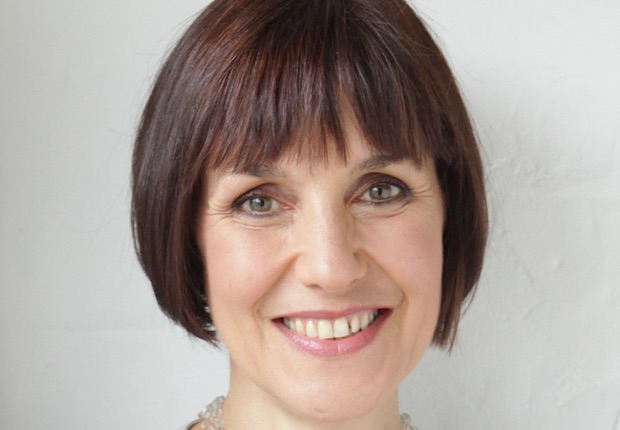
The pension landscape has undertaken a massive rebuild in order to be sustainable in our ageing society. The topping-out ceremony was the pension freedoms introduced from April 2015. Now, we need to make the new pensions infrastructure habitable for members so they can properly plan for retirement, making informed choices on their options.
Previously members were helped through workplace presentations, retirement meetings with in-house pensions managers, newsletters, payslip inserts and posters. The irony is that these channels have become less relevant or available when members need more support. So what are the new support structures that need to be put in place?
The employer-employee relationship has changed, becoming more transactional as individuals are more likely to have multiple jobs during their career. The pension scheme is no longer an HR tool that manages retention and redundancy exercises. The question is what motivation does the employer have to offer support, but also is the employee receptive to listening? The ability for employees to take control of their retirement plan sits at the heart of a healthy workforce, where employees work because they want to, not because they have to keep on earning. Nevertheless, the cost-benefit analysis of providing workplace support is harder to prove.
This is compounded by workplace changes. Less people ‘go to work’, instead working from home or remotely. The workplace seminar and noticeboard is less applicable, as is the ability to normalise contacting the pensions manager. For some years, information about employment has been put online. But do people use it? Is it tailored to be relevant and capture the imagination?
Providing pensions support needs a makeover to fit the new infrastructure. Here are three things to consider:
First, make it about people not pensions; target life events, explaining the pension implications rather than featuring pensions within a list of what-if scenarios.
Second, make the information shorter; our concentration is measured in seconds not minutes, people have much greater capability to follow it up than in the past.
Finally, make use of public services such as The Pensions Advisory Service. People receiving personalised guidance about their situation, including all of their pension arrangements, is more appropriate being delivered by an independent provider, because it’s not natural for the employer or employee to receive or share so much detail.
Helping staff needs to move from the traditional layout of ‘two-up, two-down’ to ‘open-plan living’.
Michelle Cracknell is chief executive of The Pensions Advisory Service